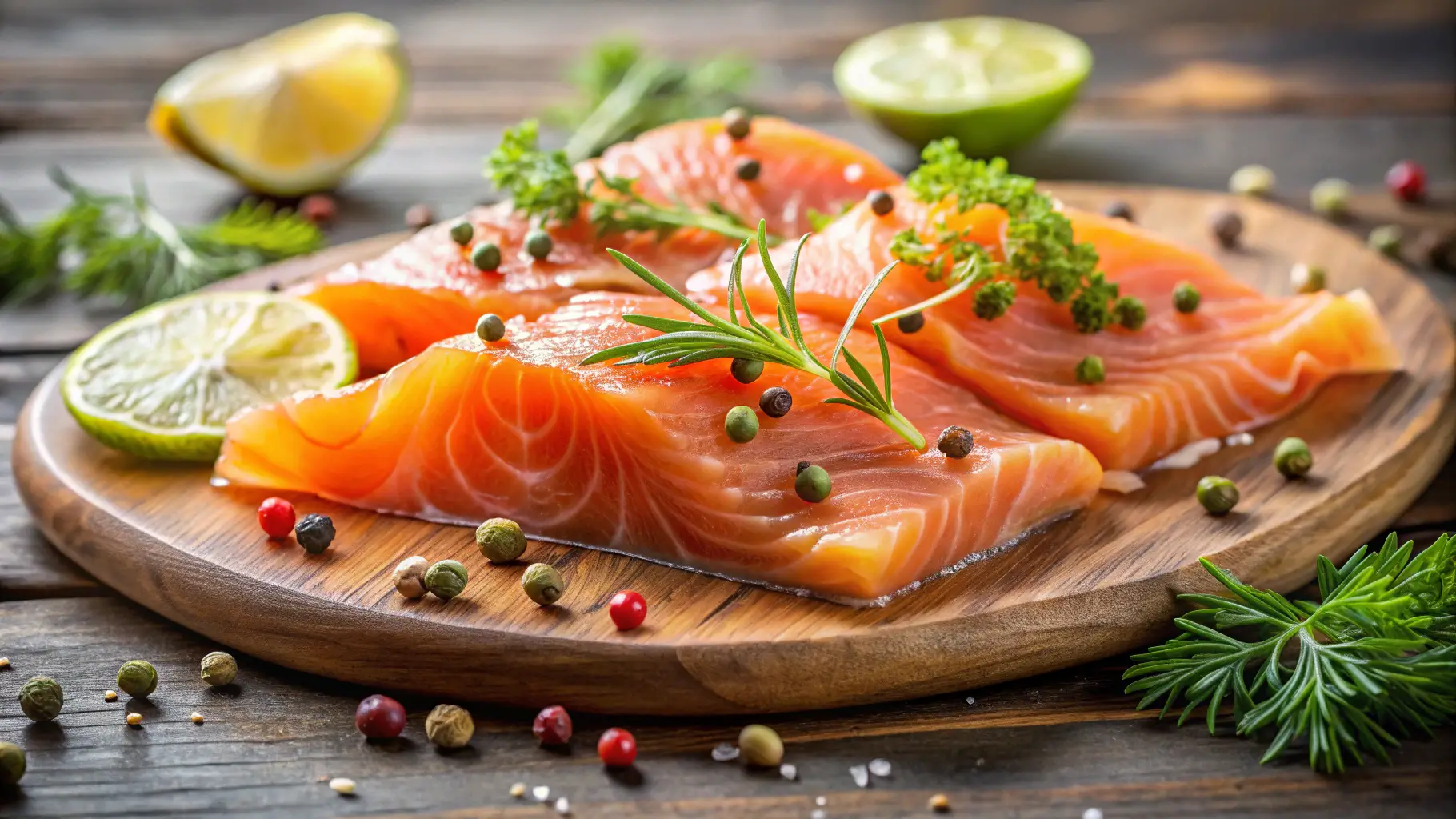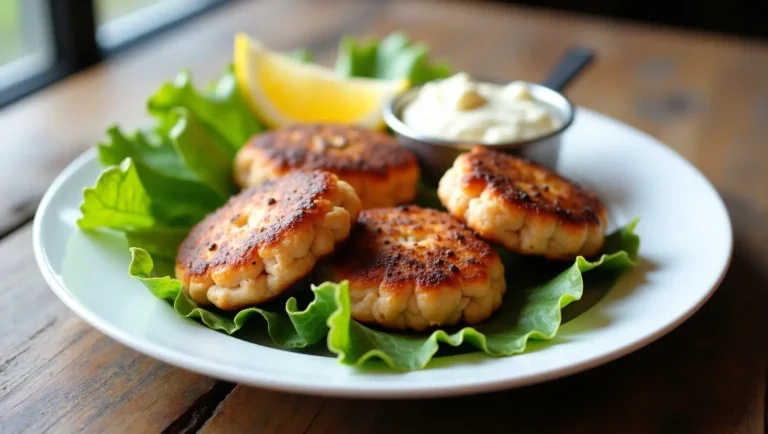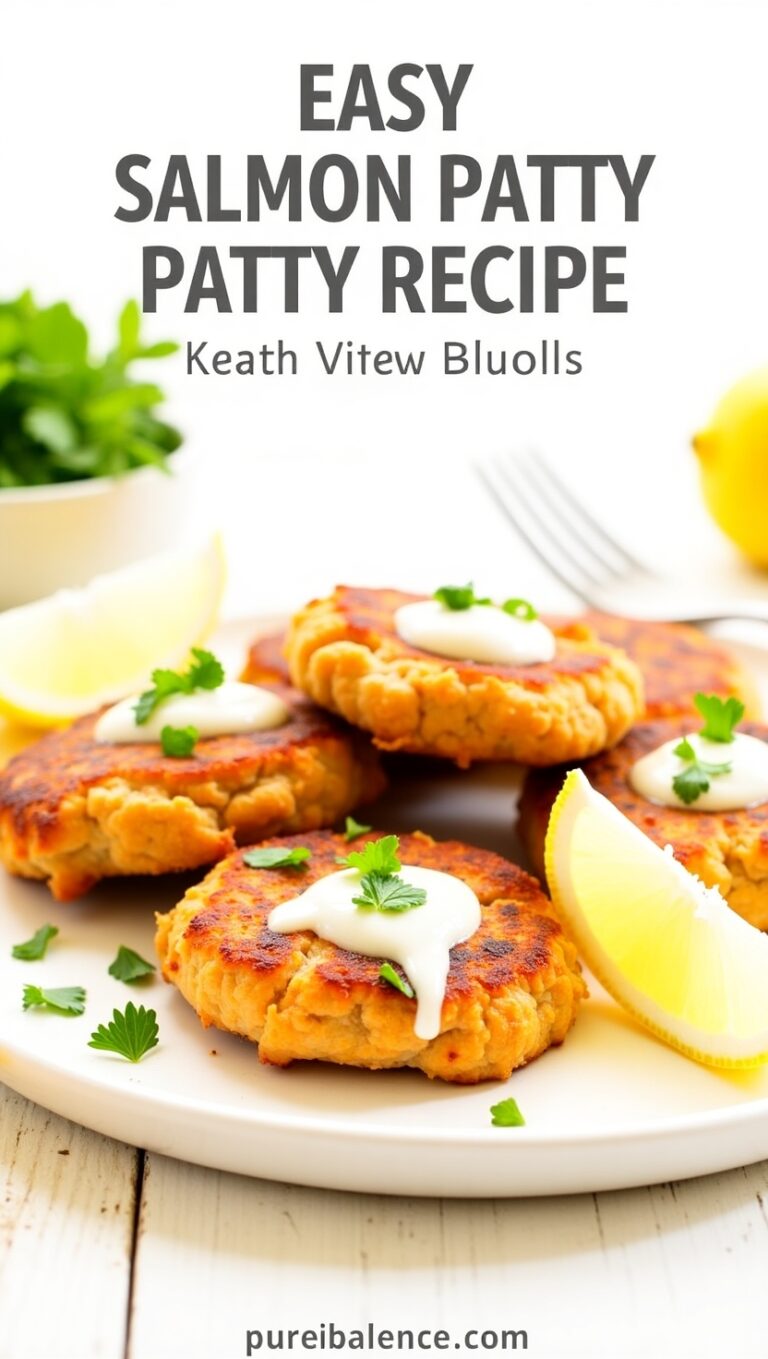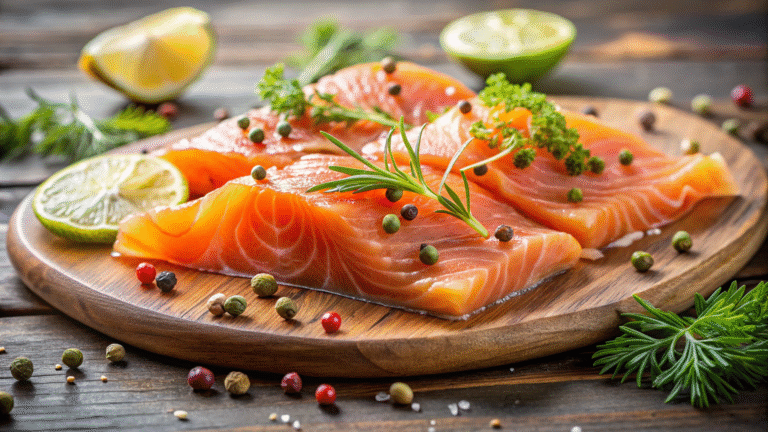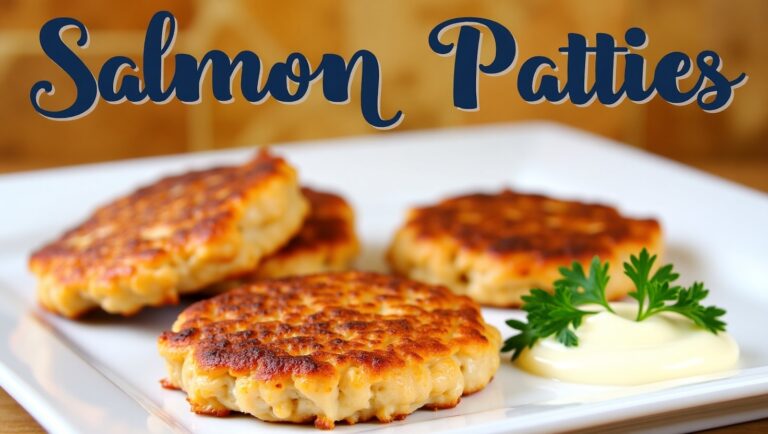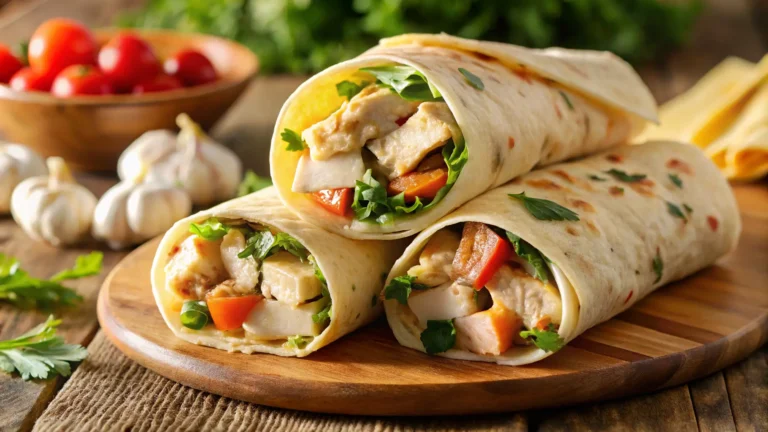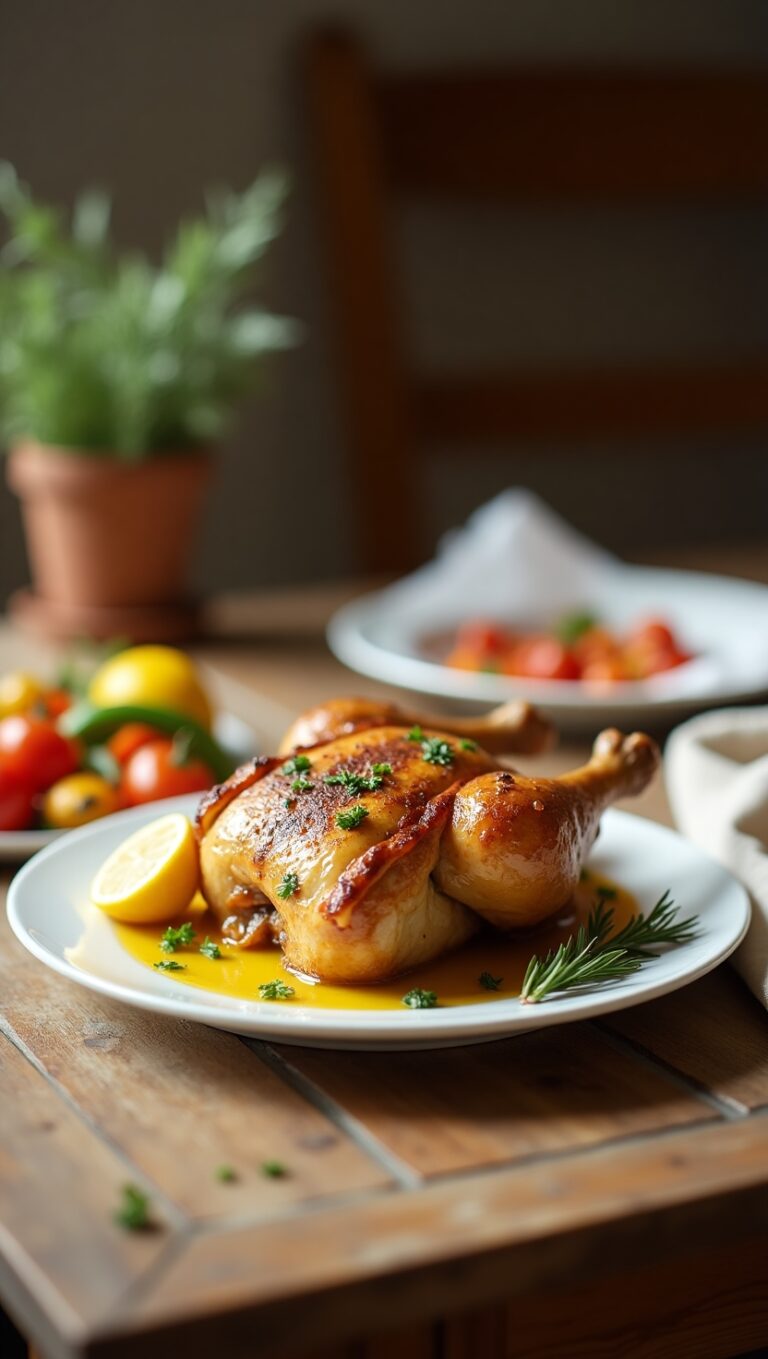How to Smoking salmon in a Smoker: 5 Delicious Tips

The first time I tasted perfectly smoked salmon, it was like discovering a culinary treasure. The rich, smoky flavor took me to coastal kitchens. There, generations of home cooks have perfected the art of smoking salmon.
Smoking salmon isn’t just a cooking method—it’s a transformative experience. It turns a simple fish into a gourmet delicacy.
Whether you’re new to cooking or experienced, smoking salmon can seem daunting. But with the right techniques, you’ll unlock incredible flavors. These tips will turn your home kitchen into a professional smokehouse.
Smoking salmon is more than a cooking technique—it’s about creating memories. It’s about sharing delicious meals and exploring culinary traditions. By the end of this guide, you’ll know how to transform fresh salmon into a mouthwatering delicacy. Everyone will ask for your secret recipe.
Key Takeaways
- Master the art of smoking salmon at home
- Learn essential techniques for perfect flavor
- Understand equipment and preparation requirements
- Discover how wood selection impacts taste
- Create restaurant-quality smoked salmon in your kitchen
Why Smoke Salmon?
Smoking salmon turns a tasty fish into a gourmet treat. It’s a skill that can make your cooking stand out. Whether you’re cooking at home or in a restaurant, smoking salmon can impress everyone with its flavor.
Smoking salmon has many benefits. It’s not just a cooking method. It’s loved by seafood fans for good reasons.
Benefits of Smoking Salmon
- Extended shelf life compared to fresh salmon
- Enhanced flavor profile with rich, complex tastes
- Preserves nutritional value of the fish
- Versatile cooking method for various culinary styles
Flavor Profiles of Smoked Salmon
Knowing the difference between hot and cold smoked salmon is key. Each method gives salmon a unique taste. This can change how you enjoy your meals.
| Smoking Method | Flavor Characteristics | Texture |
|---|---|---|
| Hot Smoked Salmon | Intense, deeply smoky flavor | Flaky and fully cooked |
| Cold Smoked Salmon | Delicate, subtle smoky notes | Silky and smooth |
Smoking salmon lets you try different wood chips and marinades. This way, you can make salmon taste just how you like it. From applewood to hickory, each wood adds its own special touch.
“Smoking salmon is not just cooking; it’s an art form that connects tradition with culinary creativity.” – Seafood Chef
Learning to smoke salmon can turn a simple fish into a gourmet dish. You can enjoy it in many ways.
Choosing the Right Salmon
Choosing the right salmon is key when learning how to smoke salmon. The quality of your fish greatly affects the taste and texture of your smoked salmon. Knowing the differences between salmon types can make your smoking experience better.
Types of Salmon for Smoking
Not all salmon is good for smoking. Each type has its own special qualities that can make your dish better:
- King Salmon (Chinook): High in fat, perfect for smoking
- Sockeye Salmon: Lean, rich red color, and strong flavor
- Coho Salmon: Mild taste, medium fat, great for beginners
- Atlantic Salmon: Easy to find, consistent texture
Fresh vs. Frozen Salmon
Deciding between fresh and frozen salmon is important. Fresh salmon tastes best, but frozen salmon can be just as good.
Pro tip: If using frozen salmon, make sure it’s fully thawed and dry before smoking.
Fresh salmon has:
- Best flavor and texture
- Best from local fishmongers
- Higher price
Frozen salmon has:
- Lower cost
- Always available
- Often frozen at peak freshness
Choose high-quality, sustainably caught salmon for the best smoking results.
Essential Equipment for Smoking Salmon
Getting the right equipment is key to smoking salmon well. Your smoker and accessories can greatly affect the taste and quality of your smoked salmon. Let’s look at the essential tools for mastering salmon smoking.
Choosing the Right Smoker
Finding the perfect smoker is vital for tasty smoked salmon. Different smokers have their own benefits for smoking salmon:
- Electric Smokers: Great for beginners, they keep the temperature steady
- Charcoal Smokers: Give a rich, traditional smoky taste
- Pellet Smokers: Mix convenience with a wood-fired flavor
Must-Have Smoking Accessories
To improve your salmon smoking, get these important accessories:
- A digital meat thermometer for accurate temperature checks
- High-quality smoking racks
- A wood chip box or tray
- Meat hooks for easy handling
- Heat-resistant gloves
When picking your smoking gear, think about your budget, space, and how often you’ll smoke salmon. Good tools are crucial for consistent, tasty results every time.
Preparing Your Salmon for Smoking
Getting your salmon ready for smoking is key. It can make or break your dish. A good smoked salmon brine recipe and smoking tips will give your fish great flavor and texture.
Before you start smoking, learn a few important steps. These steps will turn a regular fish into a dish that wows everyone.
Cleaning and Filleting Your Salmon
Begin with a fresh salmon and prepare it well:
- Remove scales with a fish scaler or a knife
- Rinse the salmon under cold water
- Pat dry with paper towels
- Use a sharp knife to remove bones
- Trim excess fat for even smoking
Brining Techniques for Perfect Flavor
A good smoked salmon brine recipe is crucial for flavor. You can use two main brining methods:
- Wet Brine: Soak salmon in a saltwater mix with herbs and spices
- Dry Brine: Rub salmon with salt, sugar, and spices
“The key to great smoked salmon is patience and proper brining” – Professional Smokemaster
Marinade Options to Elevate Your Salmon
Try different marinades to improve your salmon. Some classic choices are:
- Maple and brown sugar
- Soy sauce and ginger
- Citrus and herbs
- Whiskey and black pepper
A good marinade should enhance the salmon’s taste without overpowering it. Let your salmon marinate for 2-4 hours before smoking for the best taste.
Smoking Wood Choices
Choosing the right wood is key when smoking salmon. The wood you pick can change the flavor of your smoked salmon. It can turn a simple dish into a masterpiece. Knowing the best wood for smoking salmon is crucial for a delicious meal.
Each wood type adds its own flavor to smoked salmon. Some woods give subtle tastes, while others offer stronger flavors. Your wood choice is vital for a great smoke.
Top Wood Varieties for Smoking Salmon
- Alder Wood: Traditional choice for salmon, providing a light and sweet flavor
- Apple Wood: Offers a mild, fruity smoke that complements salmon’s delicate texture
- Cherry Wood: Adds a slightly sweet and mild smoky flavor
- Hickory Wood: Creates a stronger, more intense smoky taste
Flavor Impact of Different Woods
Each wood type gives smoked salmon a unique flavor. Alder is great for those who like a light smokiness. Hickory, on the other hand, offers a bold taste.
| Wood Type | Flavor Profile | Intensity |
|---|---|---|
| Alder | Light, Sweet | Mild |
| Apple | Fruity, Mild | Gentle |
| Cherry | Sweet, Mild | Moderate |
| Hickory | Strong, Smoky | Intense |
Experts suggest mixing wood types for complex flavors. Start with small amounts and experiment. This will help you find your perfect smoking salmon technique.
Setting Up Your Smoker
Learning to smoke salmon starts with setting up your smoker right. The way you prepare your smoker can greatly affect your smoked salmon’s quality. Paying close attention to detail from the start is key in salmon smoking techniques.

Preheating Your Smoker
Many home chefs miss the importance of preheating. Your smoker needs to reach the perfect temperature before adding salmon. Here’s what to do:
- Clean the smoker thoroughly before starting
- Check all vents and connections
- Allow 15-20 minutes for complete preheating
- Target temperature range between 175-225°F
“A well-prepared smoker is the foundation of perfectly smoked salmon” – Professional Smoker Chef
Precise Temperature Control
Keeping the temperature steady is vital when smoking salmon. Even heat ensures the fish cooks right and doesn’t dry out. Your smoker’s thermometer is your best friend in this process.
- Use a digital meat thermometer for accuracy
- Adjust vents to regulate airflow
- Monitor temperature every 30 minutes
- Keep a log of temperature changes
Pro tip: Small temperature changes are okay, but try to keep your smoker within a 10-degree range for the best results.
Smoking Process Overview
Smoking salmon is an art that needs patience and precision. Your smoked salmon recipe will depend on several key factors. These factors determine the perfect result. Understanding the smoking process helps you create a delicious dish that impresses everyone at the table.
The duration of smoking salmon varies based on several important considerations. Typically, smoking salmon takes between 2-4 hours. This depends on the thickness of your fish and your desired flavor intensity.
Time and Temperature Guidelines
When smoking salmon, you’ll want to follow these critical guidelines:
- Maintain a smoker temperature between 180-225°F
- Thinner fillets require less time (2-3 hours)
- Thicker cuts may need up to 4 hours of smoking
Checking Salmon for Perfect Doneness
Determining when your smoking salmon is ready requires careful attention. You’ll want to look for specific signs that indicate your fish is perfectly smoked:
- Visual Inspection: The salmon should have a rich, golden-brown color
- Texture Test: Gently press the fish – it should flake easily but remain moist
- Internal Temperature: Aim for 145°F at the thickest part of the fillet
Professional smokers recommend using a meat thermometer. This ensures your smoked salmon recipe reaches the ideal internal temperature. Patience during the smoking process guarantees a tender, flavorful result that will delight your taste buds.
Enhancing Flavor While Smoking

Creating a delicious smoked salmon recipe is more than just basic steps. Your smoking salmon tips can turn an ordinary fish into a culinary masterpiece. This is done by carefully choosing and using flavor enhancers during smoking.
Basting Techniques for Maximum Flavor
Basting is key to rich, complex flavors during smoking. Your smoked salmon recipe can get better with smart basting methods. These methods keep the fish moist and add more taste.
- Use olive oil or melted butter as a base liquid
- Apply basting mixture every 30-45 minutes
- Brush gently to prevent tearing the delicate salmon
Herbs and Spices That Complement Salmon
Choosing the right herbs and spices can greatly improve your smoking salmon tips. Here are some flavor combinations that go well with salmon:
- Dill and lemon zest for a classic taste
- Smoked paprika for deep, earthy flavors
- Maple syrup and black pepper for sweet-savory balance
- Garlic powder and thyme for strong flavors
Glazing for Sophisticated Flavor
A well-made glaze can make your smoked salmon recipe stand out. Use ingredients like honey, soy sauce, or bourbon for glazes. These ingredients caramelize during smoking, adding a beautiful exterior.
Pro tip: Apply glazes during the last 15-20 minutes of smoking to prevent burning and ensure maximum flavor absorption.
Common Mistakes to Avoid
Smoking salmon is an art that needs precision and practice. Many home cooks face challenges that can ruin their smoked salmon. Knowing these common mistakes will help you master the art of smoking salmon.
When smoking salmon, several critical errors can ruin your dish. Knowing what to watch out for will help you make delicious, perfectly smoked fish every time.
Over-Smoking Your Salmon
One big mistake in smoking salmon is leaving it in the smoker too long. This can make the fish dry, tough, and taste bitter.
- Dry, tough texture
- Bitter, acrid flavor
- Loss of delicate salmon moisture
To avoid over-smoking, watch your cooking time closely. Use a reliable meat thermometer. Precision is key in achieving perfectly smoked salmon.
Temperature Management Challenges
Proper temperature control is key when smoking salmon. If the heat is not right, the fish won’t cook evenly. This can also be a food safety risk.
| Temperature Range | Smoking Outcome |
|---|---|
| Below 165°F | Potential bacterial growth |
| 165-180°F | Ideal smoking temperature |
| Above 190°F | Overcooked, dry salmon |
Pro smoking salmon tips include using a digital thermometer. Keep the temperature steady during smoking. Check your smoker’s temperature often and adjust as needed.
By avoiding these common mistakes, you’ll improve your salmon smoking skills. You’ll make restaurant-quality results in your own kitchen.
Storage and Serving Suggestions
After making your hot smoked salmon or cold smoked salmon, it’s important to store and serve it right. This will make your dish even better. Knowing how to keep and present your smoked salmon will make it taste great.
Storing Your Smoked Salmon
Keeping your smoked salmon fresh is key. Here’s how to do it:
- Refrigerate it right away after smoking or buying
- Use an airtight container or vacuum-sealed bag
- Keep it cold at 38-40°F (3-4°C)
- Eat it within 3-5 days for the best taste
Freezing Techniques
Freezing is a great way to keep your smoked salmon longer. Wrap it in plastic wrap and then in a freezer bag. This stops freezer burn.
| Storage Method | Refrigerated | Frozen |
|---|---|---|
| Hot Smoked Salmon | 3-4 days | 2-3 months |
| Cold Smoked Salmon | 5-7 days | 3-4 months |
Creative Serving Ideas
Make your smoked salmon into tasty dishes that will wow everyone:
- Bagel Topping: Spread cream cheese and add thin slices of cold smoked salmon
- Salad Protein: Flake hot smoked salmon over mixed greens
- Appetizer Platter: Make a beautiful charcuterie board with salmon, capers, and dill
- Pasta Garnish: Sprinkle small pieces over creamy pasta
Perfect Pairings
Try these flavors to make your smoked salmon even better:
- White wines like Sauvignon Blanc or Pinot Grigio
- Crisp, light beers
- Lemon wedges and fresh herbs
- Capers and red onion
Conclusion: Enjoying Your Smoked Salmon
Learning to smoke salmon is a fun journey. It turns simple fish into a special treat. Your homemade smoked salmon is a sign of your new skill, ready to wow everyone with its taste.
Sharing your smoked salmon makes meals unforgettable. You could host a brunch or make appetizer platters. Your smoked salmon recipe can be the star of any event, starting great conversations and making memories.
Creative Culinary Adventures
Smoked salmon is great for many recipes. Use it in spreads, on bagels, in eggs, or as salad garnishes. Each dish is a chance to try new things and show off your smoking skills.
Smoking salmon is a skill and an art. Keep trying new things, like different wood chips. Your love for making delicious smoked salmon will only grow with each batch.

